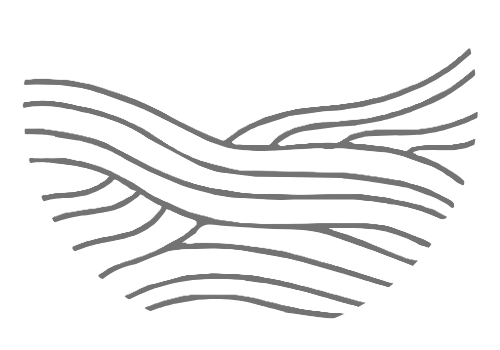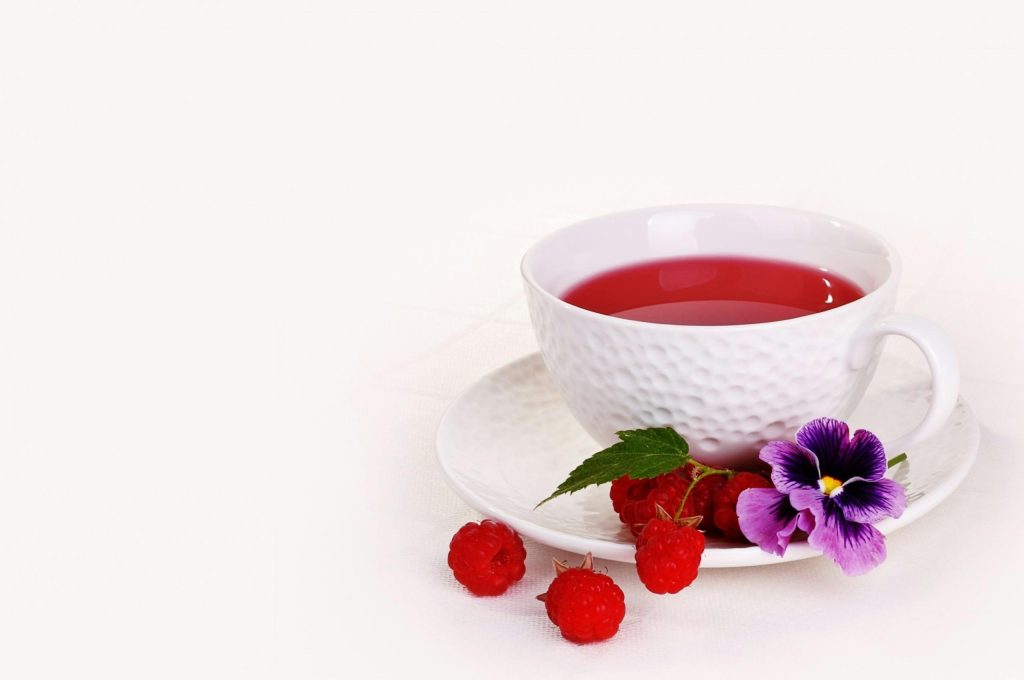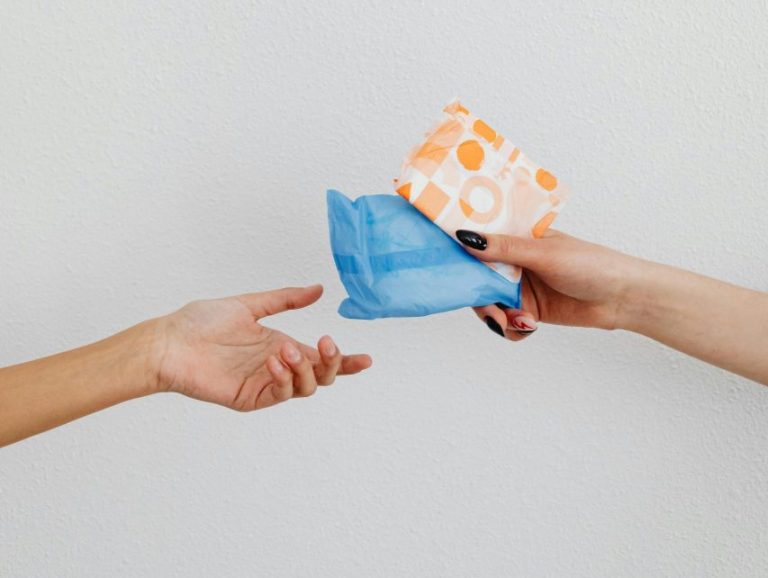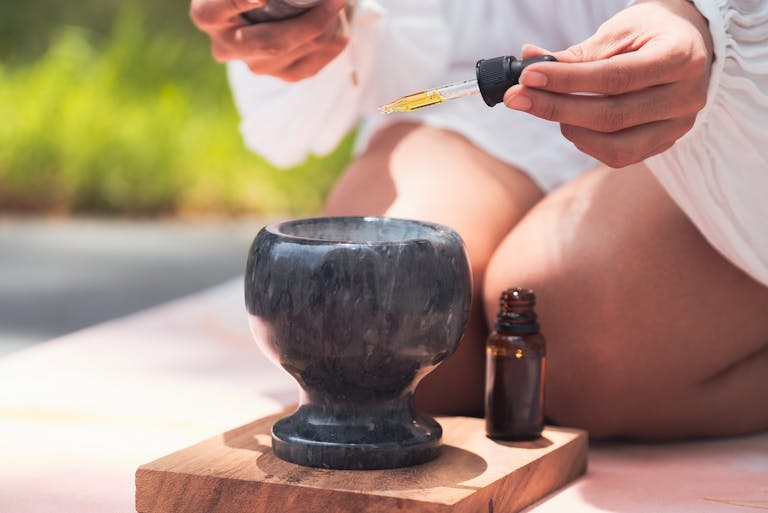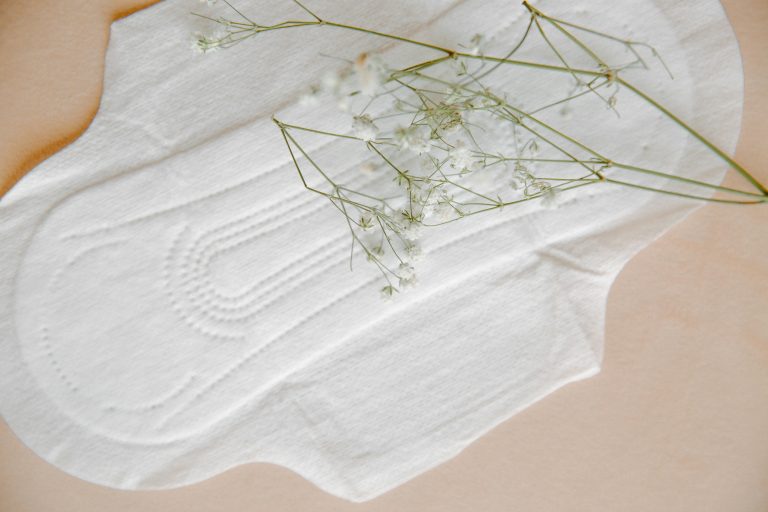Have you ever curled up with a heating pad, wondering if there’s a better way to handle period cramps than just waiting them out? I sure have. Back in high school, I remember sitting through algebra, completely distracted by cramps that felt like someone was wringing out my insides like a wet towel. If only someone had told me about red raspberry leaf tea back then!
Today, I’m diving deep into this natural remedy that’s been helping women for centuries. And trust me, this isn’t just another wellness trend – there’s actually some solid science behind why this humble tea might be your new monthly best friend.
Did you know that nearly 80% of women experience menstrual pain at some point, with 10% having symptoms so severe they can’t function normally for 1-3 days each month? That was definitely me during my teenage years. I missed school more times than I care to admit because I could barely stand upright.
What is Red Raspberry Leaf Tea?
Red raspberry leaf tea might sound like a fruity, dessert-like drink, but it’s actually quite different from the berry-flavored teas you might be picturing. This herbal powerhouse comes from the leaves of the raspberry plant (Rubus idaeus), not the fruit itself.
When I first heard about it, I assumed it would taste sweet like raspberries. Boy, was I wrong! It has a rich, earthy flavor more similar to black tea than anything fruity. The taste reminded me of the woods near my childhood home – a bit grassy with subtle sweetness.
The real magic of this tea lies in its impressive nutritional profile. It’s packed with vitamins A, C, and E, along with minerals like potassium, magnesium, and iron. But the real stars of the show are the plant compounds – tannins, flavonoids, and a unique alkaloid called fragarine that’s thought to help tone and relax uterine muscles.
It has history, this isn’t some new-age discovery either. Native American women have used raspberry leaf for thousands of years as a remedy for reproductive health. European herbalists have documented its use since at least the 16th century. Basically, women throughout history knew what was up long before modern medicine caught on!
Scientific Evidence Behind Red Raspberry Leaf Tea
Alright, let’s get into the science (my inner biology nerd is geeking out right now). While red raspberry leaf has centuries of traditional use behind it, researchers are still working to fully understand its mechanisms.
Several studies have examined the effects of this herb on uterine tissue, and the results are promising. A 2002 study published in the Journal of Midwifery & Women’s Health found that compounds in raspberry leaf can help relax blood vessels and smooth muscle, potentially easing cramping sensations.
I clearly remember asking my doctor about herbal remedies during a particularly rough period week my. She basically patted me on the head and said to stick with ibuprofen and to try the birth control pill. But times have changed! More healthcare providers are acknowledging the potential benefits of traditional remedies when used appropriately.
That said, it’s important to keep expectations realistic. The research is still evolving, and most studies have been relatively small. While many women report significant benefits, the clinical evidence isn’t as robust as it is for conventional medications.
Dr. Aviva Romm, a herbalist and Yale-trained MD, explains it well: “Herbal medicines often work through multiple gentle pathways rather than the single, powerful mechanism of pharmaceutical drugs.” This might explain why some women experience dramatic relief while others notice more subtle effects.
5 Key Benefits for Menstrual Discomfort
So what exactly can raspberry leaf tea do for your menstrual discomfort? Let me break down the key benefits that make this herb worth considering.
First and foremost, it may reduce both the intensity and duration of menstrual cramps. Those tannins and fragarine compounds I mentioned earlier? They appear to help relax the uterine muscles, potentially preventing the spasms that cause cramping. I wish I’d known this during those days I spent hunched over in geography class, trying to convince my teacher I couldn’t participate because my “stomach hurt.”
Many women also report that regular consumption helps regulate heavy menstrual flow. The tannins in raspberry leaf have astringent properties that can strengthen blood vessels and reduce excessive bleeding. This was a game-changer for me – fewer super-plus tampons and midnight pad changes meant better sleep and less anxiety about leaks.
Perhaps the most interesting benefit is its potential for hormone balancing. Research suggests that flavonoids in raspberry leaf may help normalize estrogen and progesterone levels. While it’s not a quick fix, many women report more predictable cycles with continued use.
The nutritional profile of this tea also provides essential vitamins and minerals that support overall menstrual health. Iron, in particular, can help offset the depletion that occurs during menstruation. I always found my energy levels tanked during my period, and increasing iron intake made a noticeable difference.
Finally, there’s emerging evidence suggesting potential long-term reproductive health benefits beyond just period relief. Some research indicates regular consumption may support uterine health and even ease the transition into menopause later in life. Think of it as an investment in your future self!
How to Prepare and Consume Red Raspberry Leaf Tea
Let’s get practical: how do you actually use this stuff? The good news is, it’s pretty straightforward.
For the best results, I recommend using loose leaf tea rather than tea bags if possible. The whole leaves contain more of the beneficial compounds and generally produce a more potent brew. One teaspoon of dried leaves per cup of water is a good starting point.
To prepare it properly, bring water just to a boil, then remove from heat and steep the leaves for 10-15 minutes. This longer steeping time allows the medicinal compounds to fully extract – this isn’t a quick dunk situation like with regular tea!
The taste is robust and slightly tannic (similar to black tea but more herbaceous). If you find it too strong, a touch of honey and lemon makes it much more enjoyable. I sometimes add a cinnamon stick during brewing for a warming, spicy note and some additional cramp-relieving effects.
For optimal benefits, many herbalists recommend drinking 1-3 cups daily, starting about two weeks before your expected period. This gives the herb time to build up in your system. During your actual period, you can increase to 3-4 cups daily if needed for symptom relief.
If tea isn’t your thing, don’t worry – raspberry leaf also comes in tincture form (alcohol or glycerin extracts) and capsules. These can be more convenient for travel or busy days when brewing tea isn’t practical.
Potential Side Effects and Precautions
While raspberry leaf tea is generally considered safe for most women, it’s not appropriate for everyone. That’s something I wish more wellness influencers would emphasize!
The most commonly reported side effects are mild digestive issues like nausea or loose stools, particularly when first starting. Beginning with a weaker brew and gradually increasing strength can help minimize these effects.
Some healthcare providers advise caution during early pregnancy due to its effects on uterine tissue, though it’s often recommended later in pregnancy to prepare for labor. If you’re pregnant or trying to conceive, definitely speak with your healthcare provider before using raspberry leaf.
Those with hormone-sensitive conditions like endometriosis, fibroids, or certain cancers should also consult their doctor, as the hormone-modulating effects might potentially complicate these conditions.
I learned this the hard way after recommending it to a friend with endometriosis – her doctor wasn’t happy! Always better to check first, especially if you have any underlying health conditions or take medications regularly.
It’s also worth mentioning that herbal supplements aren’t regulated as strictly as pharmaceuticals, so quality varies widely. Look for organic, third-party tested products from reputable companies to ensure you’re getting pure raspberry leaf without contaminants.
Combining with Other Natural Remedies
Red raspberry leaf tea can be even more effective when incorporated into a comprehensive approach to period comfort. I’ve found combining multiple strategies works better than relying on any single remedy.
Pairing this tea with other herbs can enhance its effects. Ginger is excellent for reducing inflammation and nausea, while chamomile adds calming properties that help with both physical discomfort and pre-menstrual tension. My personal favorite blend combines raspberry leaf, ginger, and a touch of cinnamon for a warming cup that helps from the inside out.
Lifestyle factors make a huge difference too. Regular exercise (even gentle movement like walking or stretching) increases circulation and releases endorphins that naturally combat pain. I remember dragging myself to volleyball practice despite cramps, only to find they’d often improve after I got moving.
Nutritional considerations are equally important. Reducing inflammatory foods (like sugar and highly processed items) while increasing omega-3 rich foods, leafy greens, and adequate protein can significantly impact your period experience. I notice a dramatic difference in my symptoms when I’m eating well versus surviving on comfort food and caffeine.
Heat therapy remains one of the most effective natural treatments for menstrual cramps and pairs beautifully with raspberry leaf tea. Try sipping your tea while using a heating pad on your lower abdomen – the combination often provides more relief than either strategy alone.
Conclusion
Red raspberry leaf tea isn’t a miracle cure that will instantly vanish all period problems, but it’s a gentle, natural option that many women find genuinely helpful. What I appreciate most is that it represents a proactive approach to menstrual health rather than just reacting to symptoms when they appear.
If I could go back and give my teenage self some advice, introducing this tea would be high on the list. Those days spent curled up in pain or worried about leaks through my light colored shorts could have been so much better with this knowledge.
If you’re struggling with menstrual discomfort, consider giving red raspberry leaf tea a try as part of your overall wellness strategy. Start using it consistently for at least two to three cycles before judging its effectiveness – herbal remedies often work gradually, building up benefits over time.
Remember to check with your healthcare provider before starting any new supplement, especially if you have underlying health conditions or take medications regularly. The goal isn’t to replace proper medical care but to complement it with natural supports when appropriate.
Have you tried raspberry leaf tea for period relief? I’d love to hear about your experience! Every woman’s body responds differently, and sharing our stories helps us all learn and find what works best.
Today’s Action Steps:
- Purchase high-quality, organic red raspberry leaf tea
- Begin drinking 1-2 cups daily, starting two weeks before your expected period
- Track your symptoms to notice any changes over the next 2-3 cycles
- Consider combining with other natural approaches like heat therapy and anti-inflammatory foods
Here’s to more comfortable periods and fewer days spent missing out on life because of menstrual symptoms!
Want to help your daughter have an easier time with her period? I remember the struggles, and I know how helpless it can feel having to suffer through painful periods. That’s why I’m passionate about helping moms and their daughters finding effective, wholesome and natural ways to navigate these symptoms with confidence and care. She doesn’t have to suffer. In my coaching program, I will work with you to create a personalized support plan combining gentle nutrition tips, simple lifestyle adjustments, and natural comfort measures that work.
Let’s make this journey smoother – for both of you. Schedule a discovery session with a coach to explore how we can help your daughter feel more comfortable and confident during her period. My approach focuses on education and practical solutions that fit seamlessly into your family’s lifestyle.
